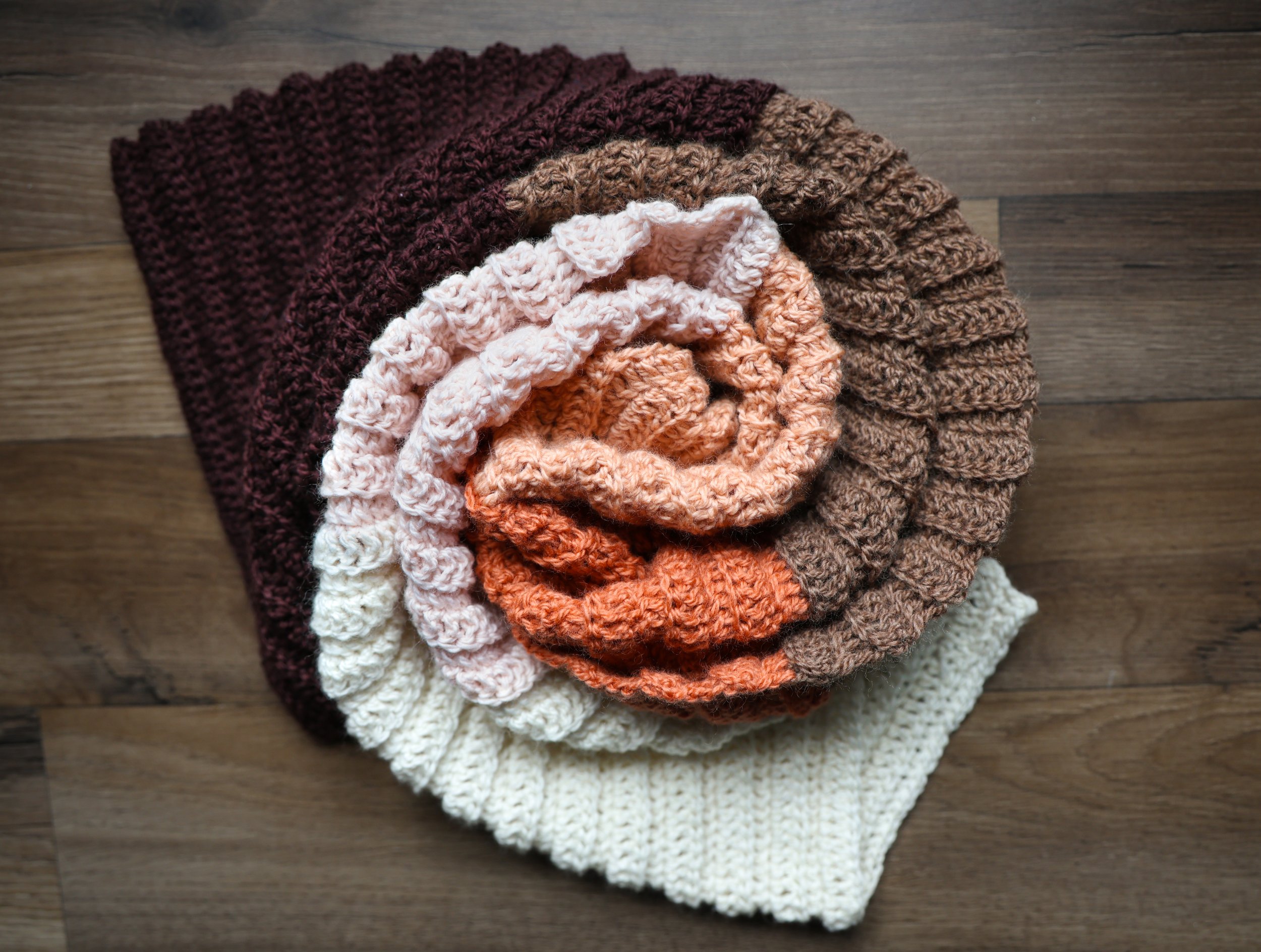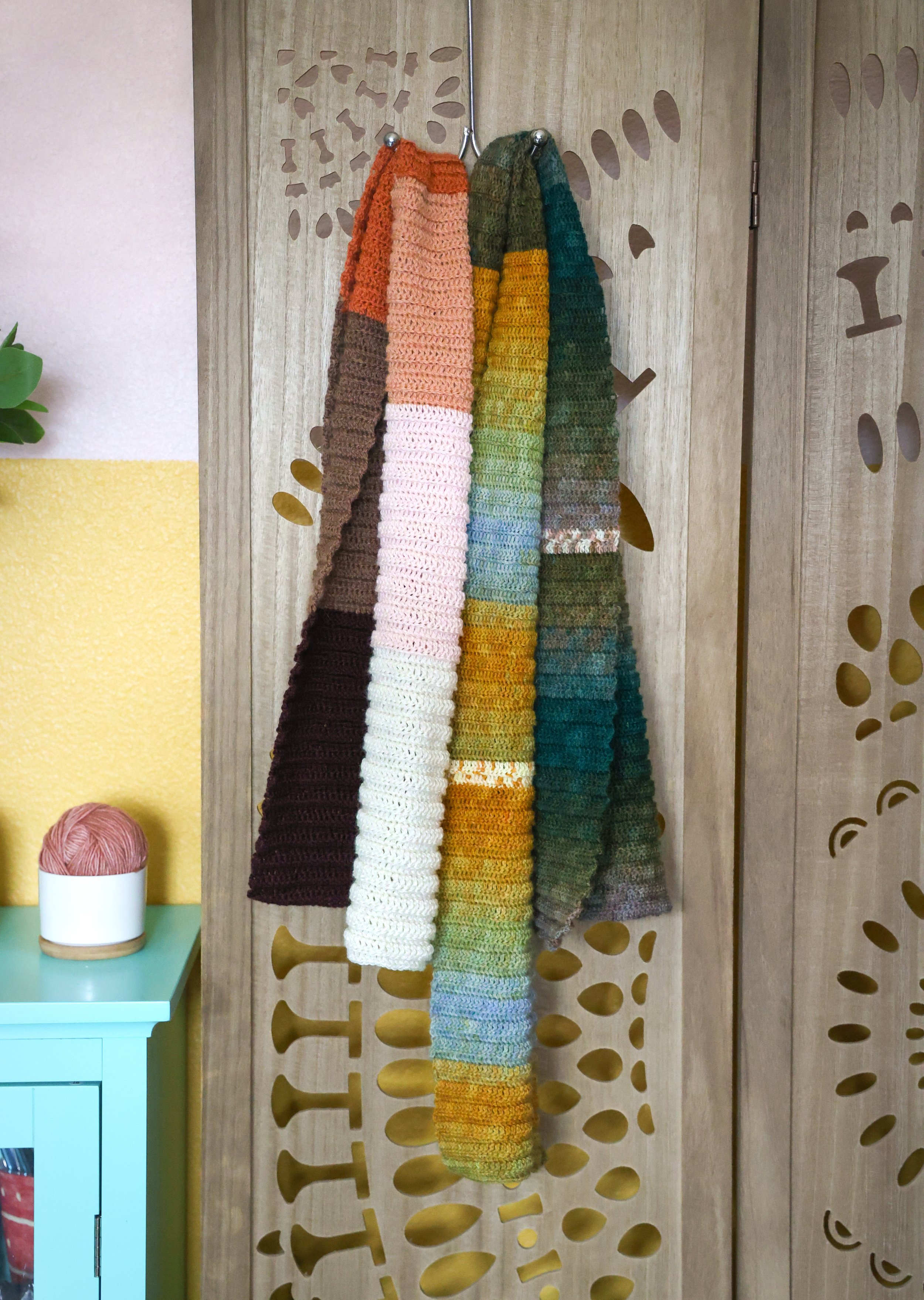How to tell the perfect lie
In a political climate where being “right” is tied to a person’s identity, it’s easy to see how we’ve lost our objectivity. It’s easy to see why we can’t seem to be curious, to have conversation, to ask questions. It’s easy to see why so many of us pushed back when exposed to a different perspective on history than what we were taught as kids. We couldn’t admit that our heroes weren’t perfect. We can’t admit that nothing is perfect.
I used to joke about being a “perfectionist” in my work. It was drilled into us in graphic design art school. Your project had to be fast, low cost, and – by god – perfect. You weren’t a professional unless your product was clean, tight, and flawless. “Practice doesn’t make perfect,” one instructor quoted. “Perfect practice makes perfect.”
I carried that lie around with me for years, decades even, and fully believed it. Anything less than perfect meant I wasn’t good at my job, and I couldn’t dare call myself an artist. It kept me from experimenting, playing, taking risks. It kept me from growing as a creative. The fear of being exposed as a fraud was paralyzing. Fear fed my imposter syndrome, which had an unexpected side effect – I erroneously thought someone else had the answers. Someone else was an expert. I was just waiting until I, too, would finally understand the trade secrets.
The thing about squares is that it’s obvious when they don’t line up. It’s a little cattywampus, but that just adds to the charm of handmade gifts like this little artist’s pencil pouch. Go out yonder and make something in your most unhinged way.
The secret is we’re all figuring it out as we go, even the “experts” (though some would have you believe otherwise, but that’s an entirely different topic). I was chatting with a friend a number of years my senior. She was waiting, too. She was hoping someone, somewhere could be her mentor in a field she had worked in for decades. That person would appear, know all the things she needed to know, and impart them to her. A perfect mentor.
But mentors aren’t perfect. Our parents, our leaders, our childhood idols, our historical figures – not perfect. There’s a reason we call ancient stories Greek tragedies. The lust, envy, and avarice of the gods were their undoing. Where did this idea that our heroes should be perfect emerge?
I gave it a liner and a zipper so she can store stuff in it. I went wild and didn’t even measure anything. Absolutely feral in construction. The untamed nature of the process pairs well with the soft, gentle pinks and whites.
I made the mistake of reading a friend’s social media post. Well, not her post, but the comments that came after. It was tit-for-tat, all-or-nothing retorts. Perfection playing out across the political divide, each side blaming the other for their leaders’ mistakes. Not a single person admitted that “their guy” had done anything wrong, had made a bad call. An admission of guilt meant there was a flaw, and a flaw meant their side was wrong.
In a political climate where being “right” is tied to a person’s identity, it’s easy to see how we’ve lost our objectivity. It’s easy to see why we can’t seem to be curious, to have conversation, to ask questions. It’s easy to see why so many of us pushed back when exposed to a different perspective on history than what we were taught as kids. We couldn’t admit that our heroes weren’t perfect. We can’t admit that nothing is perfect.
I think the real failure isn’t in imperfection. It’s failing to see that making mistakes is part of making things better. Right now, the losses are great: loss of connection, loss of community, and a loss of our own sense of self and identity. This is the result of needing to be right at all costs.
It’s the perfect pitfall.
Well, let’s go!
Just like a brand new sketchbook or journal, it’s hard for me to make that first mark because what if I mess it up? What if it’s not perfect? What if I ruin it?
What if I don’t?
The blank page is quite intimidating. It’s that kind of quiet loud, like your house after all the guests have left and the music is off. You’re left with warm memories and putting everything back in its place. I suppose that’s my blog right now – the intimidating blank canvas of yarn, warm memories of the last successful* project, and putting the upcoming project’s pieces in place.
Publicly.
Is it loud in here? Just me? Okay.
Why so loud?
I have five gorgeous hanks of yarn and, according to a Pinterest search, endless possibilities. Just like a brand new sketchbook or journal, it’s hard for me to make that first mark because what if I mess it up? What if it’s not perfect? What if I ruin it?
What if I don’t?
Thing is, even if you’re sketching in pen, you can make a new sketch on a separate page and tape it over the journal pages. If I decide on a scarf and hate it, I can always take it apart and start over. The only sad thing is to not start, which is what this space is all about. The other sad thing is five hanks of yarn collecting hair and dust. Gross.
I had leftover yarn from a sweater project kicking around for months. I finally turned it into a color block scarf, keeping my hands busy when my mind wants to sprint.
If you’re new here, great! Me, too! Welcome. Come build this space with me. Let’s make stuff. Let’s ruin art supplies. When everything feels hard, let’s get creative and play.
Color, color everywhere!
*The definition of success is up to the artist. Don’t let someone tell you what your heart is worth. I will die on this hill.







